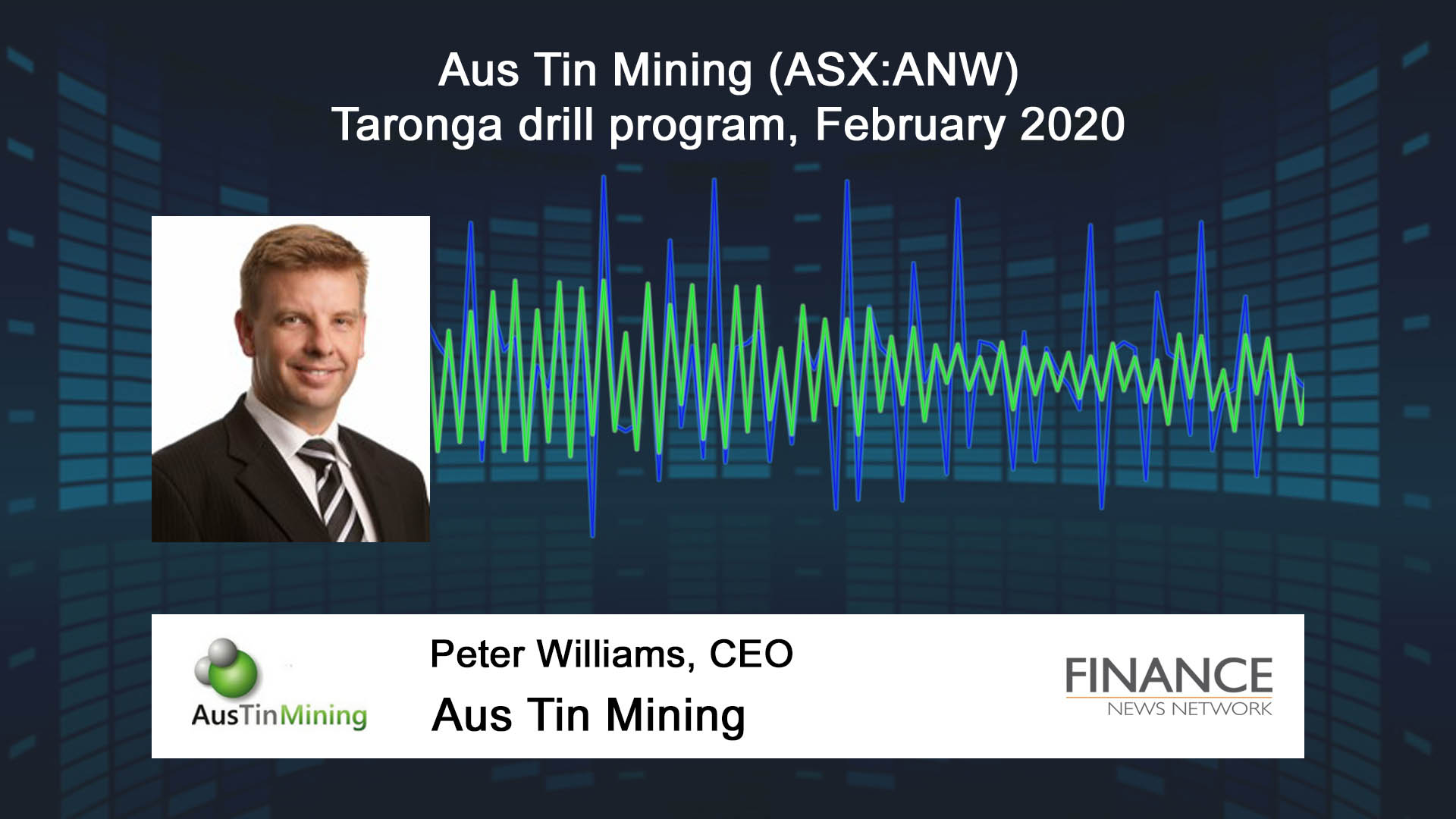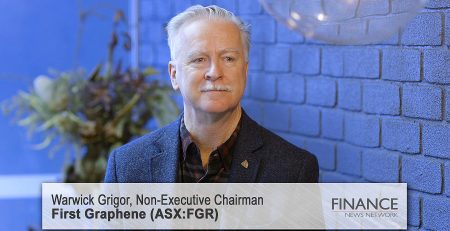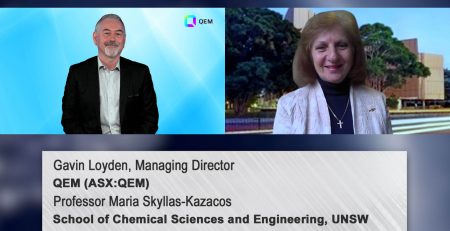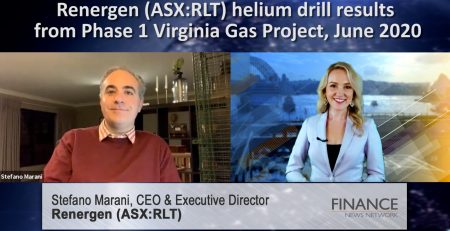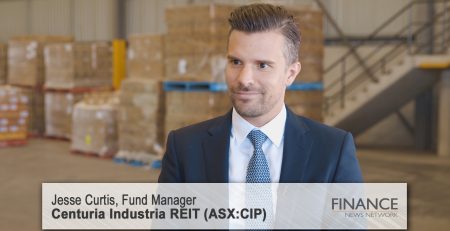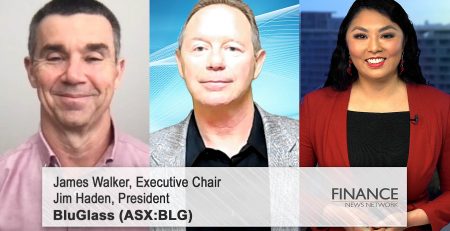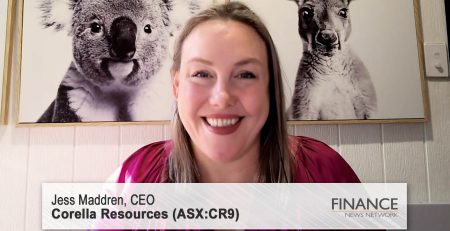Aus Tin Mining (ASX:ANW) Taronga drill program
Aus Tin Mining Limited (ASX:ANW) CEO, Peter Williams, talks about proposed drilling at the company's Taronga tin project and the potential for an upside in tin grades.
Anna Napoli: Hello. Anna Napoli here for the Finance News Network. Joining me now from Aus Tin Mining (ASX:ANW) is CEO Peter Williams. Peter, welcome back.
Peter Williams: Thanks, Anna.
Anna Napoli: You recently provided some details on the proposed drilling program at Taronga. Would you mind elaborating?
Peter Williams: In fact, we just outlined in our latest quarterly report some of those details. Broadly speaking, the program will comprise reverse circulation, or RC, and some larger diameter PQ diamond holes. Those holes are aimed at testing the variability of tin grade, and we use that to compare the input data with the previous resource model from 2013, and with this new drilling we hope we'll be able to generate some new data and ultimately a new mineral resource.
The tin mineralisation at Taronga, it's very coarse, and, as illustrated, it's a bit like looking for light bulbs. The denser the drilling, as you can see in the top right-hand corner with, say, RC drilling, you can start to get a better indication as to what you've got, and if you look at the larger diameter, say, equivalent of PQ at the bottom left, you can see quite easily what your sampling for. So ultimately, what we're looking for is to validate the true grade of the mineral resource there.
The other thing that's just worth highlighting, and I've provided a cross section here. This is of some of the proposed drilling that we're looking to do. The variability in the inset, you can see it's quite… Over intervals, metre intervals, it actually can change quite significantly, 0.17 up to 1.4 within consecutive metres. So it's that sort of variability that we're looking to test.
But I guess the other opportunity for us is to put some additional drilling at depth, because what we've seen in the past is that the denser the drilling, the better the classification for the resource, and generally the higher the grade. It's reflected there, you can see, where there's a lot more drilling, there's a lot more red squares, which denote those blocks that are greater than 0.17% tin. So, an opportunity to uplift potentially the grade of the overall resource just by doing some additional drilling.
Anna Napoli: So what are the implications if you can demonstrate this potential upside in the tin grade for Taronga?
Peter Williams: Anna, it would be an absolute game changer for us. Basically, a higher feed grade, you can produce more saleable tin, generate higher revenues, all the while incurring the same mining and processing costs. So ultimately you can generate a greater cashflow. Certainly, in the 2014 pre-feasibility study, we highlighted the relatively modest increase in grade from 0.16% tin to 0.19% tin could actually see the NPV of the project lift from circa $63 million up to $145 million. So, this is really quite significant. If we can change the metrics so that the NPV is significantly higher than the capital cost, that's also going to make the financeability of the project far more attractive. So, yeah, really excited about the opportunity to demonstrate this grade upside.
Anna Napoli: Lastly, can you provide a brief update on the tin market?
Peter Williams: Firstly, I'd just say that the fundamentals for tin remain sound, not withstanding there's been some recent softness. The longer term story, the supply side remains unchanged. There's declining production out of traditional markets in China and Myanmar. There is some increase in production out of Africa, but some of those jurisdictions are quite challenging. Indonesia remains a very significant producer of mined concentrate. But what we're seeing there is that their costs are increasing, so they're dominating the upper end of the cost curve.
All the while, there's very few projects in the pipeline, of which, you know, Taronga is the fifth-largest undeveloped tin reserve globally. So going forward out to 2022, there still looks like there's going to be a supply deficit. I guess in recent times there has been some challenges with the price, and I guess that's mainly associated with what's occurring in China at the moment, and I guess the implications are happening across a range of commodities. But look, global inventories remain very tight, and I guess if there's any change then we expect the tin price will respond in the positive very quickly.
Anna Napoli: Peter Williams, thanks for the update.
Peter Williams: Thanks, Anna.
Ends
Copyright 2020 – Finance News Network
Source: Finance News Network

